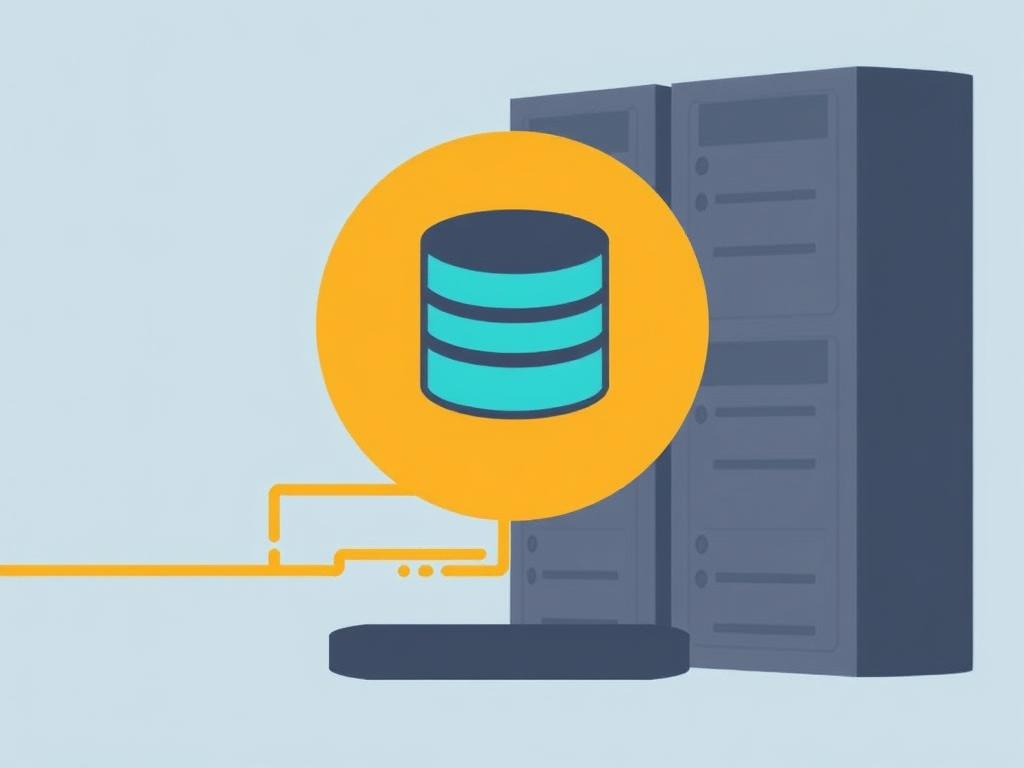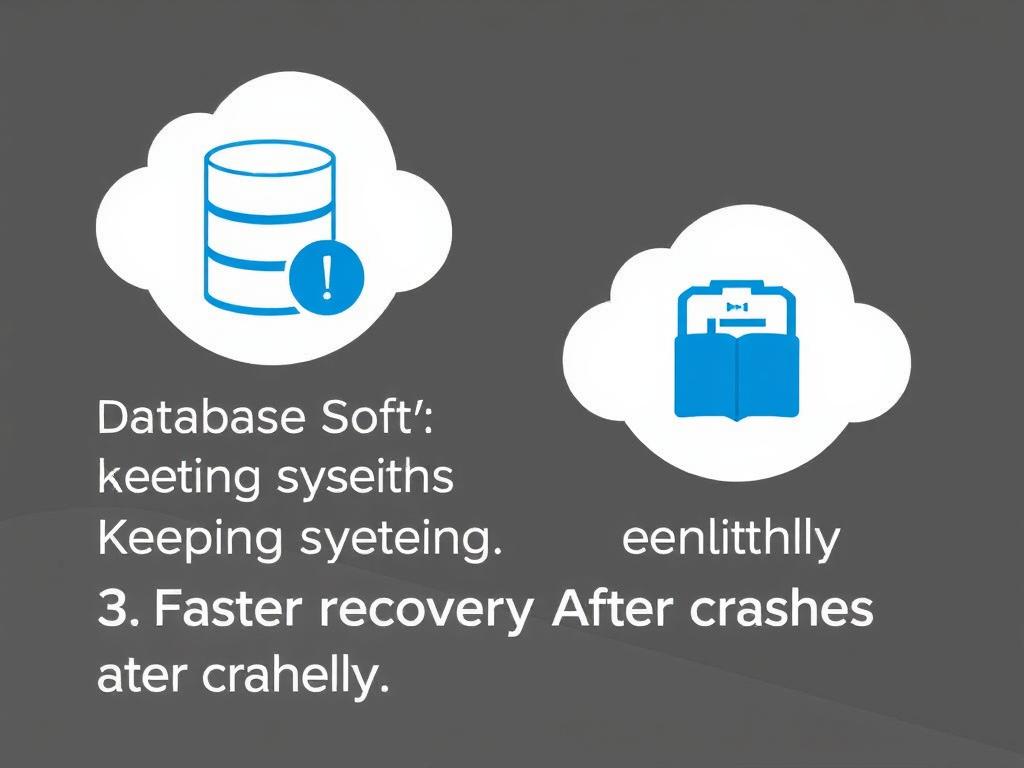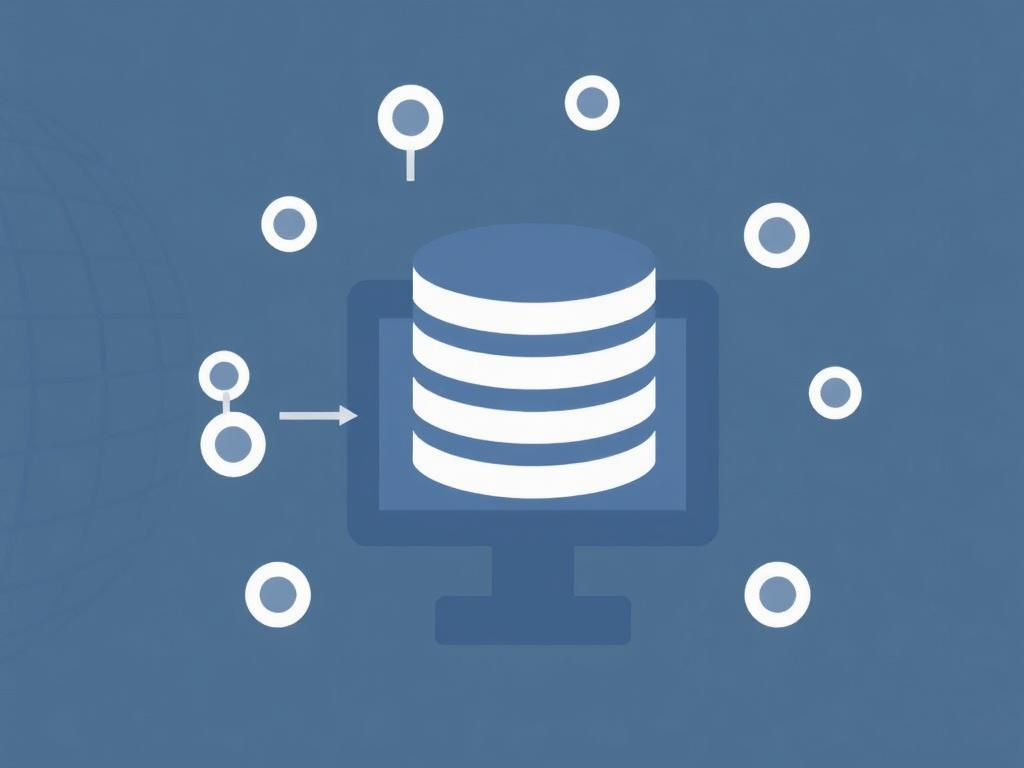In today’s fast-paced digital world, databases are the backbone of countless applications and services. When you think about how many transactions, queries, and updates happen every second, it’s impressive that systems keep running without grinding to a halt. One critical technique helping achieve that is known as **database soft updates**. This approach ensures data integrity, boosts system performance, and minimizes downtime—even during intensive write operations. If you manage databases, run web services, or simply want to understand how your favorite apps stay responsive, understanding soft updates is essential.
What Are Database Soft Updates?
Soft updates refer to a method used in file systems and databases to carefully control the order in which updates are written to the disk. The main goal is to avoid inconsistencies and the need for lengthy recovery after crashes. Instead of immediately writing every change to disk, soft updates delay certain writes while managing dependencies, allowing consistent data without resorting to expensive synchronous operations.
Traditional database systems often use journaling or write-ahead logs to maintain consistency. However, these can introduce performance overhead due to the constant, immediate disk writes. Soft updates offer a more efficient alternative by organizing write operations and ensuring that disk writes occur in an order that keeps the on-disk data in a consistent state.
How Do Soft Updates Work?
At the core of soft updates is controlled dependency tracking. Every file system or database operation may depend on others—for example, an index update depends on a data block write. Soft updates ensure that before a dependent write happens, the writes it depends on are safely committed to disk.
Here’s a simple breakdown of what happens:
- Track dependencies: Every time an update is made, the system notes which disk blocks depend on others.
- Buffer updates: Instead of writing all changes immediately, the system buffers some operations.
- Enforce write order: Disk writes are scheduled so dependencies are respected, ensuring no data corruption.
This technique reduces the need for frequent, costly synchronous commits, so system performance improves while safety is maintained.
Benefits of Using Soft Updates in Databases

Integrating soft updates into databases has a variety of advantages for system administrators, developers, and end-users alike.
1. Improved Performance
Since soft updates avoid immediate writes for every change, the system can batch and reorder writes efficiently. This results in fewer disk seeks and reduced I/O bottlenecks. Users experience faster response times, especially during heavy write loads when traditional systems might slow down.
2. Data Integrity Without Heavy Overhead
Many systems rely on journaling, which can add extra writes because each transaction is first recorded in a log. In contrast, soft updates maintain consistent on-disk data without duplicating writes. This means your database stays safe and consistent without sacrificing performance.
3. Faster Recovery After Crashes

Because soft updates maintain the correct order of writes naturally, file system or database crashes do not leave the system in a corrupt state. Recovery does not require replaying logs extensively. This minimizes downtime and reduces the risk of data loss.
Soft Updates vs. Traditional Methods: A Comparison
To better understand the unique value of soft updates, consider how they stack up against other popular consistency techniques.
| Feature | Soft Updates | Journaling | Write-Ahead Logging (WAL) |
|---|---|---|---|
| Write Overhead | Low — minimizes immediate disk writes | Medium — logs every transaction before writing data | High — writes logs and data sequentially |
| Recovery Time | Fast — state remains consistent on disk | Medium — requires replaying logs | Slow — logs must be fully processed |
| Data Safety | High — write order maintained | High — transaction atomicity guaranteed | Very High — strict ordering |
| Implementation Complexity | Moderate — dependency tracking required | Low — uses simple journals | High — complex log management |
As you can see, soft updates strike a nice balance between performance and consistency with moderate implementation complexity. They are especially suited for systems where write efficiency and fast recovery matter most.
Use Cases Where Soft Updates Shine
Soft updates are particularly useful in environments where high throughput and availability are critical. Here are a few scenarios:
- Web Hosting and Content Management Systems: Websites with frequent content updates benefit from smooth database operations without slowdowns.
- Cloud-Based Applications: Distributed systems require consistent data across multiple nodes and fast failover.
- Embedded Systems: Devices with limited hardware resources profit from reduced write overhead.
- File Systems with Heavy Metadata Changes: When lots of metadata changes happen (like in virtual machine image management), soft updates ensure safety without performance hits.
Implementing Soft Updates in Your Database
While native support for soft updates depends on the database system or file system you use, here are general guidelines to incorporate this technique effectively:
- Check system compatibility: Some file systems like UFS2 implement soft updates natively. Others might need configuration or plugins.
- Optimize write scheduling: Use database options that allow for deferred writes or control over write ordering.
- Monitor system performance: Keep an eye on disk I/O and recovery times to validate benefits.
- Regular backups: Even with soft updates, maintaining reliable backups safeguards against catastrophic failures.
Challenges and Considerations
While soft updates bring many advantages, it’s important to consider a few challenges:
- Complexity in Implementation: Tracking dependencies accurately can be tricky and might require deep system knowledge.
- Limited Support: Not all database management systems or file systems natively support soft updates.
- Possible Memory Usage: Buffering and tracking may increase memory consumption slightly.
Despite these points, the overall benefits of using soft updates often outweigh the drawbacks for many real-world applications.
Future of Soft Updates in Database Systems

With the ongoing improvements in storage technology—such as SSDs and NVMe drives—drive latency is decreasing, but the need for efficient write ordering remains. Soft updates continue to evolve, integrating with modern file systems and databases to provide ultra-fast and reliable data storage solutions. Combining soft updates with other technologies like snapshots, replication, and distributed consensus can further elevate system robustness.
Summary Table: Soft Updates Key Points
| Aspect | Description | Impact |
|---|---|---|
| Dependency Tracking | Tracks order of block writes | Ensures consistent disk state |
| Deferred Writes | Buffers some writes instead of immediate flush | Improves performance |
| Consistent Recovery | Minimizes need for lengthy recovery | Reduces downtime |
| Compatibility | Depends on file system or DBMS support | May require configuration or changes |
Conclusion
Database soft updates represent a powerful technique to keep databases running smoothly even under heavy transactional loads. By carefully controlling the order in which writes happen and buffering changes intelligently, soft updates maintain data integrity without sacrificing system speed. They reduce performance bottlenecks typically associated with journaling and log management, offering fast recovery from crashes and minimal downtime. While implementation complexity and system compatibility are factors to consider, the benefits of soft updates make them an appealing choice for anyone looking to optimize database reliability and speed. In a technology landscape where uptime and efficiency are paramount, understanding and leveraging database soft updates can be the key to keeping your systems resilient and responsive.

